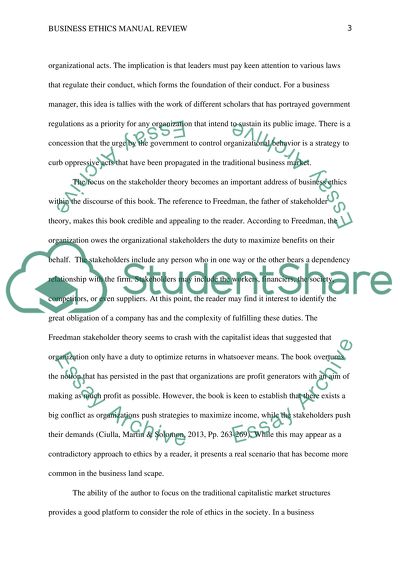Cite this document
(“The concept of business ethics Book Report/Review”, n.d.)
The concept of business ethics Book Report/Review. Retrieved from https://studentshare.org/philosophy/1699294-business-ethics
The concept of business ethics Book Report/Review. Retrieved from https://studentshare.org/philosophy/1699294-business-ethics
(The Concept of Business Ethics Book Report/Review)
The Concept of Business Ethics Book Report/Review. https://studentshare.org/philosophy/1699294-business-ethics.
The Concept of Business Ethics Book Report/Review. https://studentshare.org/philosophy/1699294-business-ethics.
“The Concept of Business Ethics Book Report/Review”, n.d. https://studentshare.org/philosophy/1699294-business-ethics.


